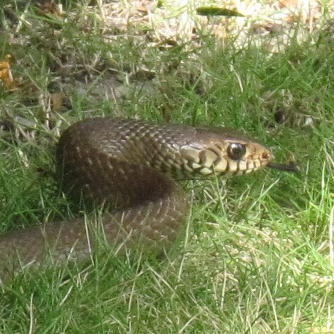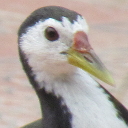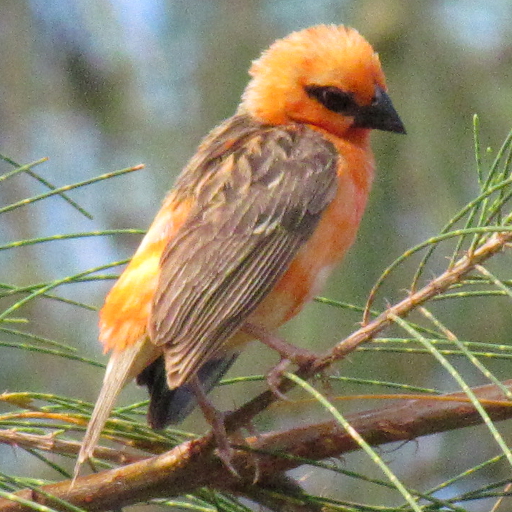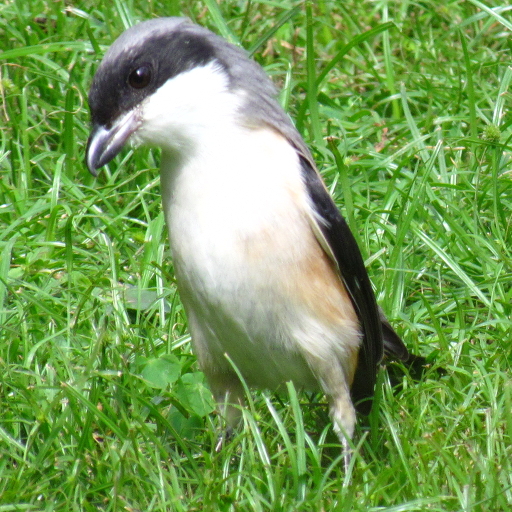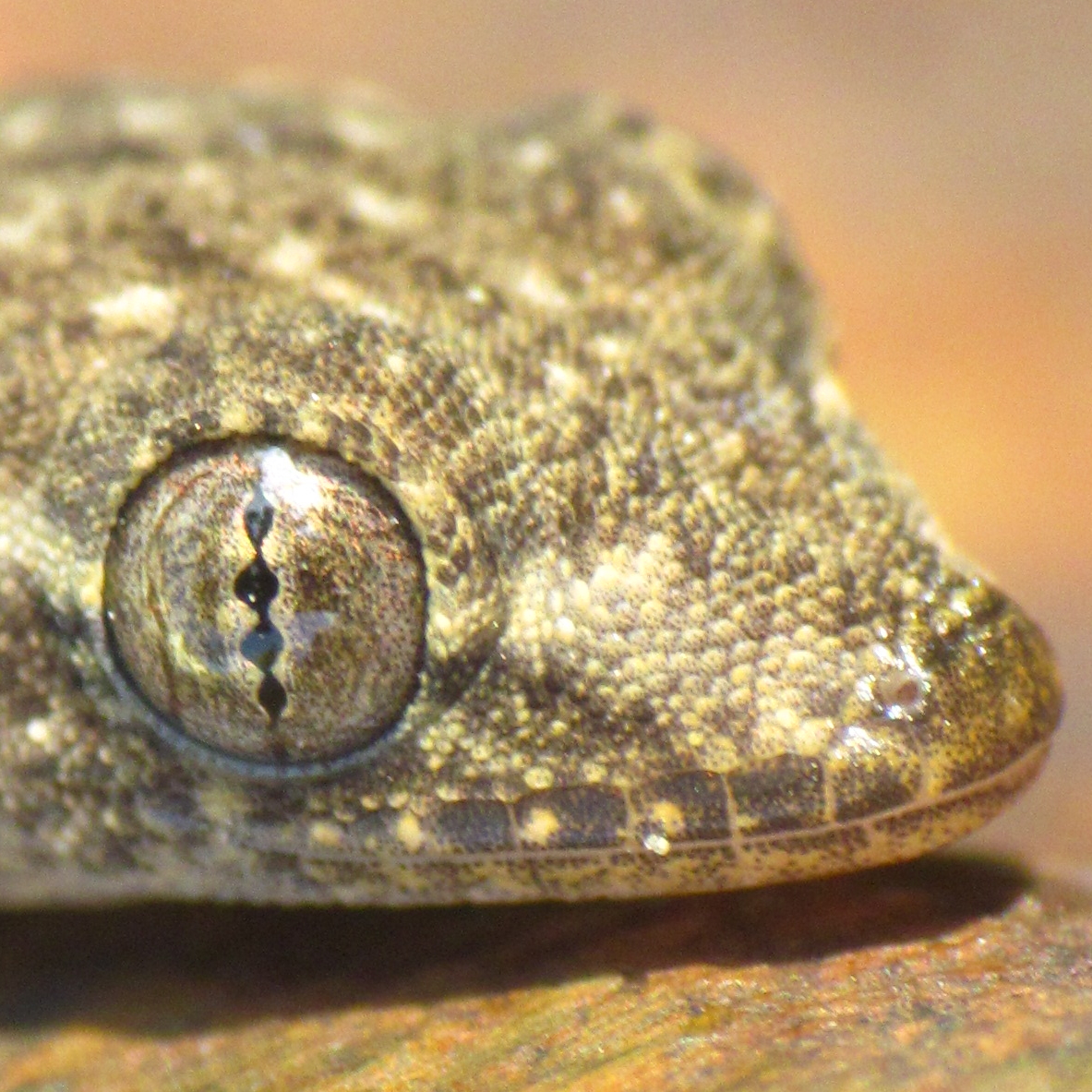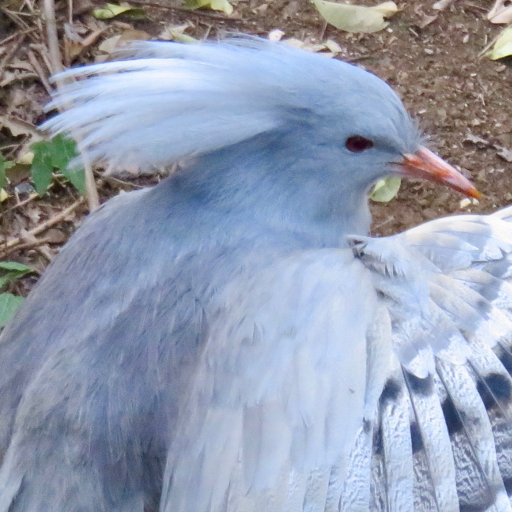
Sometimes I wonder if there are many families of animals (or plants) represented by just a sole species. In other words, are there any creatures that are so unique that they have no relatives anywhere in the world? Animals that have somehow survived in certain parts of our planet, but for some reason were not able to do so in other places? Recently I had a chance to meet one such species. It’s a bird commonly called “cagou” (Rhynochetos jubatus, sometimes also spelt as “kagu”, but I’ll continue using the French spelling variant here), a species found exclusively on the Read More


